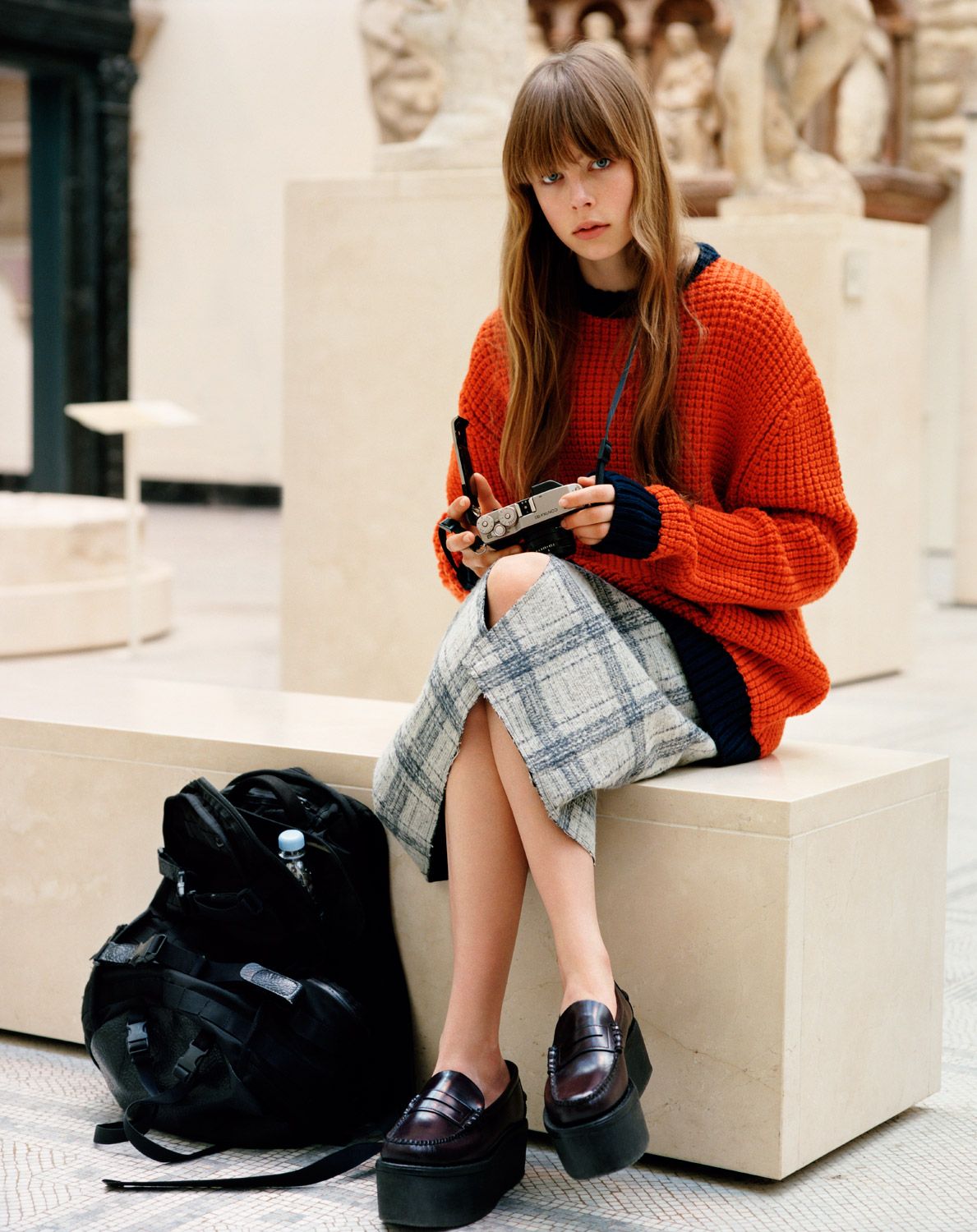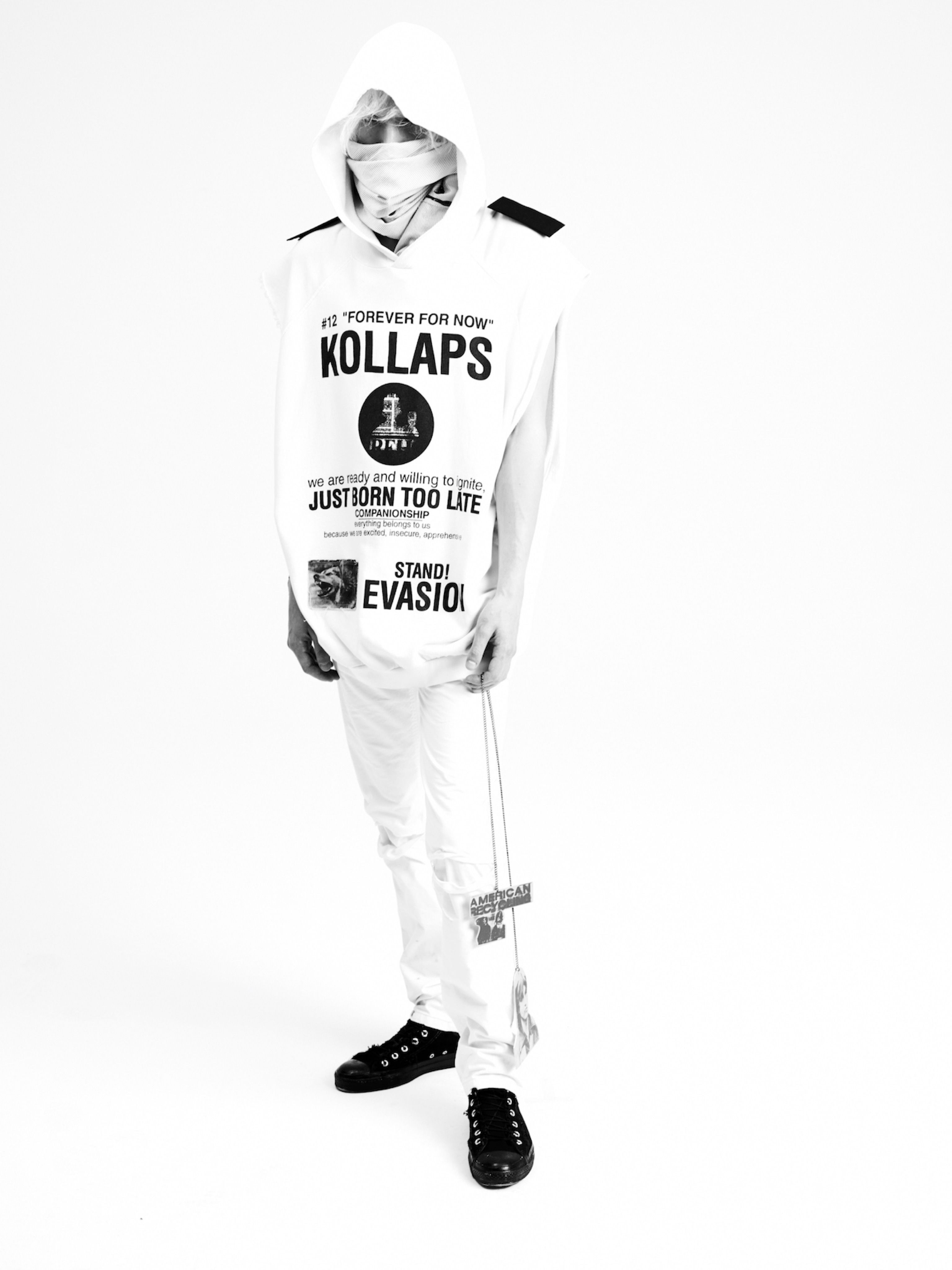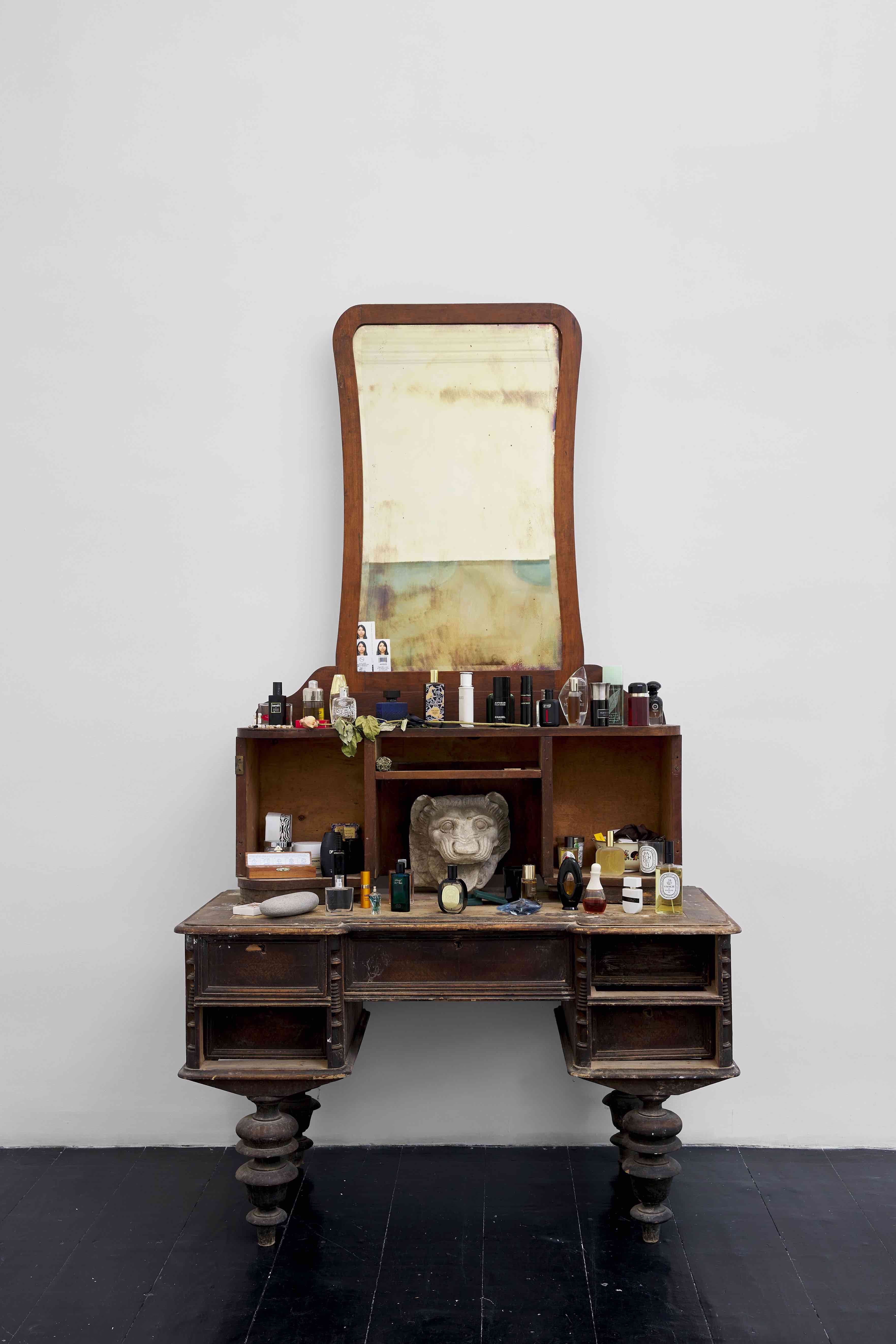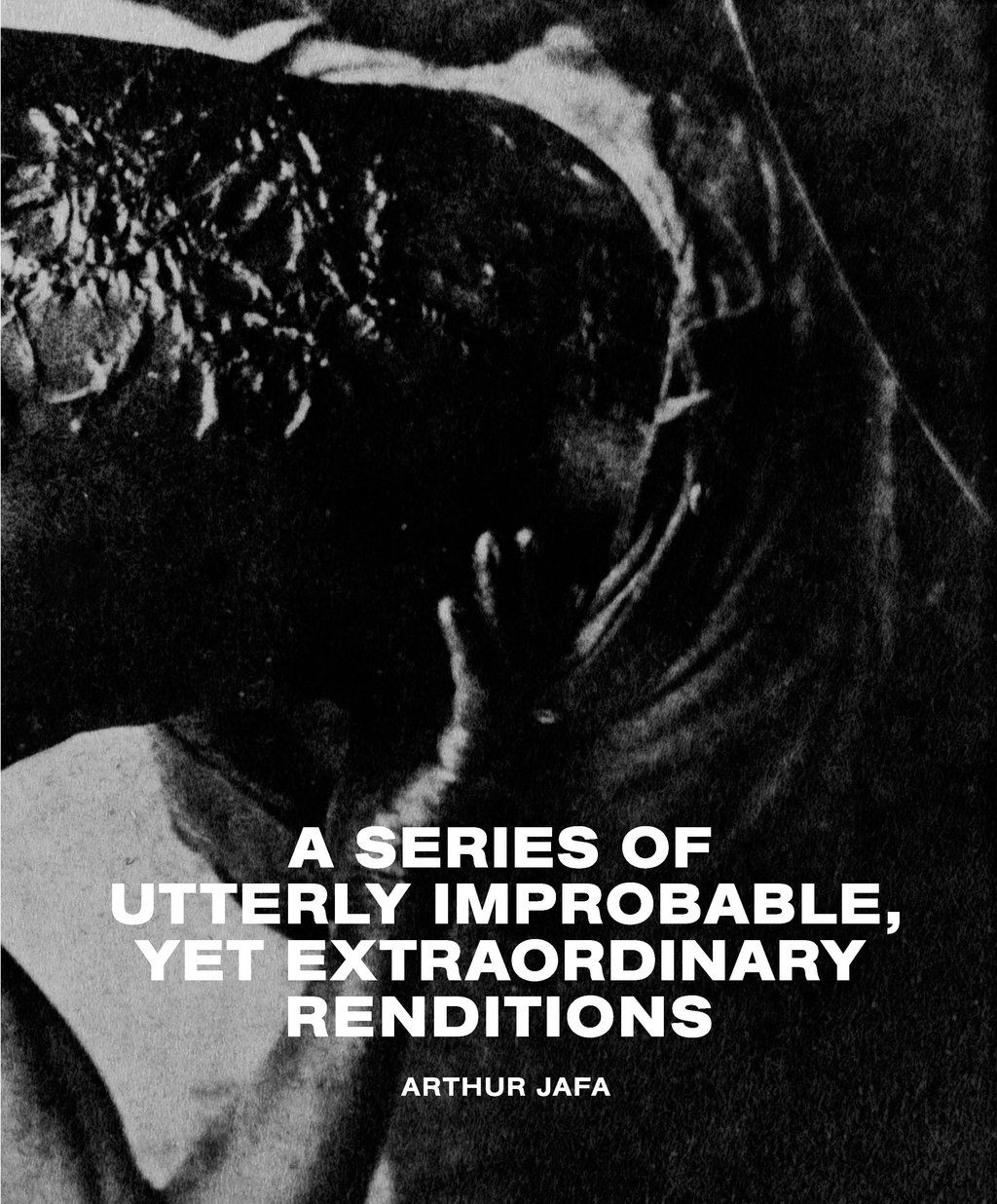The Failed Desires Index: Tiny Skirts and Bigger Belts
|CLAIRE KORON ELAT
Why do we yearn to make sense of fashion? ANNA SOPHIE BERGER’s art proposes a correlation between the material features of a garment and the economic and moral condition of societies, questioning if single trending clothing pieces stand for anything.
A skirt the size, and shape, of a belt is wrapped around the waist of a runway model, barely covering her crotch yet unexpectedly non-slip. Diesel’s viral belt skirt, introduced in their AW-22 collection, sparked criticism about fashion’s wearability and the lingering discrepancy between material quality and monetary value. Historically, fashion’s materiality and exchange value has always been interlinked, from medieval sumptuary laws dictating its size and weight, luxury has always had differing variables. Equally loaded as fashion’s physical weight is its social exchange — its propriety. Whether the skirt made it to an In or Out list, it is emblematic of the designer’s overall vision, or — being the hyper-accelerated ecosystem that fashion is — already too dated to even mention. Does this single piece, which is part of a wider collection that is part of an even larger fashion week schedule, say anything about fashion’s overall state as an economic and social system? For Anna Sophie Berger, commenting on contemporary fashion is antithetical to its term. The artist, who studied fashion design in Vienna and shifted to an art practice after graduating, is concerned with the basic human desire to ascribe meaning to fashion.

CLAIRE KORON ELAT: The press release of your current show, “Wealth and Propriety,” at Lodos Gallery in Mexico, shows a graph that describes the correspondence between the length of a garment and wealth as well as the thickness of a garment and propriety. Could you explain this concept?
ANNA-SOPHIE BERGER: I made this graph for a previous show at Faltpavillion in Basel. As much as it looks like a playful stick figure drawing, it’s also the culmination of my thoughts on historical clothing ordinances, or sumptuary laws. The (historical) ruling agent takes an interest in people's consumption, specifically the wearing of fashions. Even more so than, for example, the private home, which serves as a furnished representational unit for the members of society, fashion does this more immanently and quickly because we carry it with us. First, there's the desire to regulate the market of goods. The other aspect is the desire for clothes to represent class in society and thereby create a visual distinction between the members of different classes and prevent them from unauthorized transitions. The most obvious example for this would be the clothing laws for prostitutes at various moments throughout history. These usually pertain to details of a full outfit, such as mandatory striped hoods in England or yellow ribbons in parts of Germany that simultaneously served as both societal markers and stigmas.
The graph simplifies two sartorial features and connects them speculatively to concrete terms while exhibiting a certain statistical authority. In the simplest sense, it suggests the hemline as a benchmark for the lowest or highest status in a class-based system and the thickness of the garment or its layers as a measure for propriety. One can try to back this up objectively by saying, for example, workmen's clothes need to be short out of practicality. However, in the history of fashion impracticality abounds, and there is hardly ever a clear objective reason for any one style. To make clothes into a readable, decipherable language that would then adequately represent the reality of the constituent or the wearer or to scientifically investigate clothing styles and attribute to them textural meaning, such as Roland Barthes for example, have both proven largely impossible. The thickness aspect pertains to art history as a study of the revealing and covering of both the male if more dominantly the female body. Here, propriety is understood as sexual demureness, the relative covering of the naked skin, and of secondary sexual characteristics.


CKE: You said that the graph specifically references historical garments. In what ways do the ideas that you proposed also apply to contemporary garments? I wonder this as clothes are as just much personal and societal identifiers of status, class, or subculture today as they were throughout history. The AW-22 Diesel belt skirt comes to mind, for example. It’s this micro-mini-skirt that’s not even of high quality, yet it costs 1000 dollars. Here, you clearly don't have the idea of a piece of clothing having to be long and thick to signal higher social status. It seems to be the inverse.
ASB: I prefer the recourse to historical clothing. For me, commenting on contemporary, recent fashion is almost antithetical to its term. There can be great writing about a specific collection, formally speaking, but I personally do not take a lot of pleasure in investing in a single contemporary occurrence in fashion. In his book Benjamin on Fashion, Philipp Ekardt says: “In other words, fashion is relational, and it is differential, not substantial. For an aesthetic and formal manifestation to take on the character of fashion, the (accelerated) rapidity of its implementation and revocation, or its inherent “bigness,” its in-your-faceness, are irrelevant. While these speeds and quanta can of course be productively studied, they do not touch on the basic differential character of fashion.” I'm busy with the meta level: why do humans want to (mis)interpret fashion and give it reason? The skirt you refer to costs more than the value of its material. It is like a symbolical rendering of surplus. Almost every luxury good falls into this category. The belt skirt just serves as a hyperbole. The point is that my graph functions neither in relation to historical nor contemporary fashion. It is a visualization of failed desires.
CKE: What would be the historical approach?
ASB: There is the hemline index, for example. The theory was developed in the 1920s, and it attempted to link hemlines to the rise and fall of stock markets. Rather than linking hemlines to what my graph suggests, a literal excess in fabric signaling spending capacity, the hemline index suggests that styles are influenced by conservative or liberal sentiments as fostered by prosperity or scarcity. Most of my more recent investigations look at pre-industrial fashions or at court traditions at the verge of industrialization and the subsequent end of many of the traditional European monarchies.
CKE: At what point can you begin to historicize fashion? For example, at what point in the future would you be able to adequately comment on today’s fashion — is it 40, 50, 100 years?
ASB: I don't know. I wouldn't postulate that to comment on fashion you need to wait 50 years. If I read an article that stated that because of inflation Prada was introducing cheap turtlenecks, that would be about as interesting to me qua singular fact as the daily exchange rates. I like clothes because they look like bodies, and I like them independent of specific fashions. In the Lodos show, the graph is being literalized even further by four wall-mounted prints showcasing four extreme readings: Proprietous and wealthy, lewd and wealthy, proprietous and poor, and lewd and poor. At the same time, these four extremes are rendered graphically through straight and curved lines as simplistic strange versions of garments.

CKE: The term propriety itself is interesting, as it stems from the Latin word proprietas, meaning property or possession, and is therefore also related to the word proprietor, meaning owner. The fact that these words are linguistically related is interesting because they’re also interconnected in the physical world. Who determines what propriety denotes? In a patriarchal social structure, it is the patriarch, who is simultaneously also owner — proprietor.
ASB: The root of proprietous is propriety, and it is a seldom used synonym of proper. The basic meaning of propriety is that which is socially acceptable. However, there is an original connection to ownership, but that “of what belongs to oneself” from the Latin proprius. Around the 13th century it gained the quality of “commendable” and “apt.”
The works in the show encapsulate this subjectivity by mirroring the viewers back to themselves with respective labels. The work in its material quality viewed on site has a bit more Andrea Fraser, begging the question of how we view ourselves, our combined privileges, and handicaps. The press release makes it clear though that I am not striving for a moral ideal — Franciscan Monk Robin Hood et al. “The aspirational citizen then is an ever-expanding sphere.”


CKE: I would also like to think about whether you could exchange the garment with an artwork in your graph, and in what ways art is more and more the signifier of wealth today. There is an indisputable intertwinement between art and fashion not just in term of themes, techniques, practices, etc., but also on a social level. There is obviously also a myriad of economic ties, including rumors that LVMH tried to acquire Gagosian.
ASB: When I think of the art world I think about propriety as a posture: how to appear good, or socially acceptable both as an artist and through artworks which are cast as the last vestiges of hope within societies usually understood as dysfunctional. Professionalized art, at the moment, is not very interested in form without a clearly ascribed meaning if not purpose. What I am interested in, in terms of art as commodity, is the very form this “proprietous” art takes. In sculpture, we have a trajectory of the anti-voyeuristic. The discontent with the exploitative if critical image by way of conceptual art and the post-minimal leads us straight to the found object. Polemically speaking, the found object is the tasteful representation of past violence. In order for contemporary sculpture, as opposed to painting, to remain purchasable and, by proxy, to be justified as a cultural object of value in institutions — it currently needs to present itself as proprietous.
That is its current fashion, if you will, and this is true for those works sold for a lot of money and those just being shown and referenced. The problem that remains is that the artist sells her work to people of a different economic class. Art traded between these economically vastly different spheres should not share a common understanding of propriety and taste. The aspiration is towards the aesthetics of the proprietous artist as a symbol for a better life while the material conditions that underly class-based difference are left untouched.

CKE: How would your practice change if you were in an environment of a mega-gallery? It very much reflects the time we live in, everything is quite absurd and extreme, so it consequently makes sense that individuals within institutions, and you can certainly claim that even private galleries or any billion-dollar-company is a societal institution, on the more far-reaching extreme side operate in a general mode of extremeness.
ASB: Is an institution more critical than the market space? The assumption or hope is, if you make it to the museum, the critical vetting is a bit higher than that of the market. There's some taxpayer’s money involved and an at best a disinterested curator. It is, however, the “embeddedness of art in a deeply conflictual social field,” as Andrea Fraser argued, which gives it potential. Me at Gagosian is an impossible thought experiment unless I died, and my work became unfathomably scarce.
Credits
- Text: CLAIRE KORON ELAT
Related Content

Approaches to the History of Art

HISTORY OF THE WORLD: A POEM BY PETER DE POTTER

All Art Has Been Contemporary: AXEL VERVOORDT

SPRÜTH MAGERS: The Art Gallery and the World

Other People: SER SERPAS

TEA TIME: Artist THOMAS JEPPE Investigates The Great East-West Tea Divide

Wong Ping’s Golden Shower

ARTHUR JAFA INDEX: A Series of Utterly Improbable Statistics